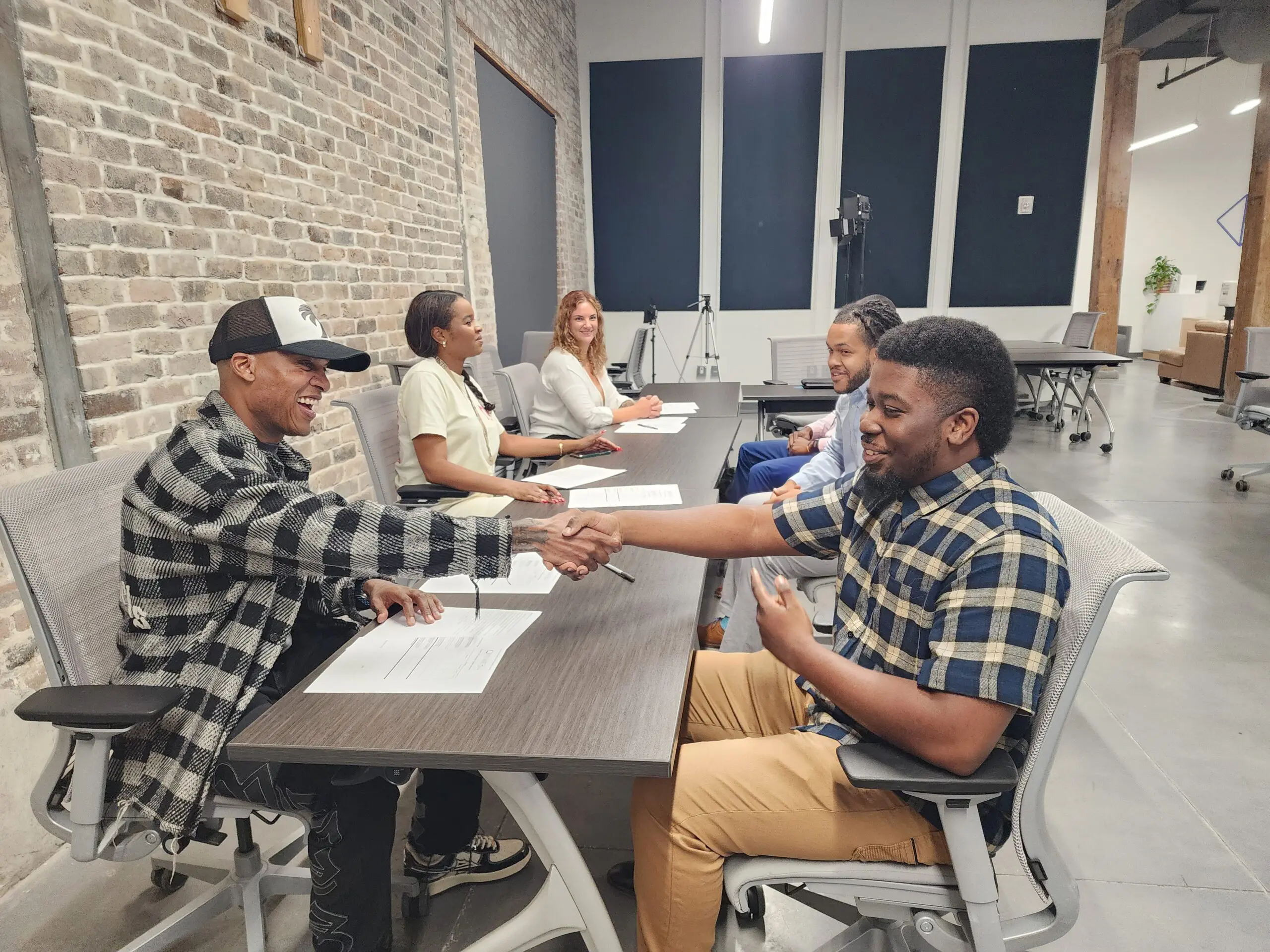Design Verification Engineer

Microsoft
Design Verification Engineer
Redmond, Washington, United States
Save
Overview
Are you passionate about building innovative devices and technologies that make a real impact? Join the Surface Team in Redmond, where we design and build devices that empower every person and every organization to achieve more. Our mission is to create desirable, high-performance products that deliver exceptional user experiences. This work is made possible through close collaboration between hardware and software engineers, designers, and manufacturing experts. We’re building the next generation of Surface devices—and we’d love for you to be part of it.
As a Design Verification Engineer on the Surface Hardware team, you’ll play a critical role in ensuring our devices meet the highest standards of quality and performance. You’ll work across disciplines to validate and integrate hardware components, especially user input systems like touchscreens, pens, and keyboards. Your work will directly impact the customer experience and help shape the future of Surface products.
Microsoft’s mission is to empower every person and every organization on the planet to achieve more. As employees we come together with a growth mindset, innovate to empower others, and collaborate to realize our shared goals. Each day we build on our values of respect, integrity, and accountability to create a culture of inclusion where everyone can thrive at work and beyond.
Qualifications
Required Qualifications:
- Bachelor's Degree in Computer Science or related technical field AND 2+ years technical engineering experience with coding in languages including, but not limited to, C, C++, C#, Java, JavaScript, or Python
- OR equivalent experience.
- 4+ years of experience in hardware, firmware, or software development or testing.
- 2+ years of experience in software development using C#, Python, or other programming languages.
- 1+ year of experience in product development.
Preferred Qualifications:
We’re looking for candidates who bring a mix of technical expertise, problem-solving ability, and collaborative spirit. Preferred qualifications include:
- Experience with User Input Technologies: Familiarity with developing or validating input devices such as touchscreens, touchpads, keyboards, pens, and other user interfaces.
- Debugging and Problem-Solving Skills: Ability to troubleshoot modern multiprocessor systems, write and debug code, and use hardware-level debuggers and diagnostic tools.
- Effective Communication: Strong verbal and written communication skills, with the ability to clearly explain technical concepts and collaborate across diverse teams.
- Test Automation: Experience designing and implementing test automation scripts using C#, Python, or other object-oriented programming languages.
Software Engineering IC3 - The typical base pay range for this role across the U.S. is USD $100,600 - $199,000 per year. There is a different range applicable to specific work locations, within the San Francisco Bay area and New York City metropolitan area, and the base pay range for this role in those locations is USD $131,400 - $215,400 per year.
Certain roles may be eligible for benefits and other compensation. Find additional benefits and pay information here: https://careers.microsoft.com/us/en/us-corporate-pay
Microsoft will accept applications for the role until September 12th, 2025.
#W+DJOBS
#SURFACE
Responsibilities
- Design Validation: Collaborate with the hardware quality team to validate full-featured, high-performance, and robust hardware designs.
- Cross-Functional Collaboration: Partner with software engineers, electrical engineers, mechanical engineers, architects, and program managers to deliver innovative solutions.
- User Input Systems Support: Contribute to the development and integration of user input technologies (e.g., touch, pen, keyboard) across Surface devices.
- Debugging and Optimization: Identify and resolve integration issues to ensure seamless functionality between hardware and software components.
- Automation and Test Development: Create or update automation scripts and test fixtures (mechanical, electrical, and software) to reproduce and stress low-frequency bugs.
- Customer Impact Analysis: Translate technical bug details into clear explanations of how they affect the customer experience.
Other

